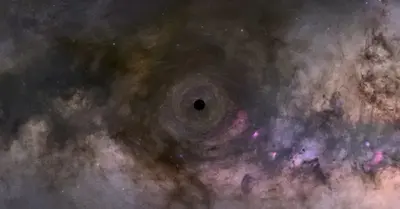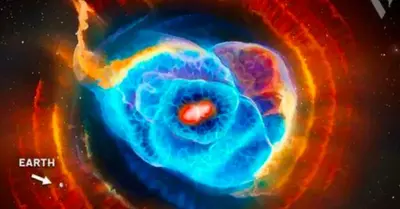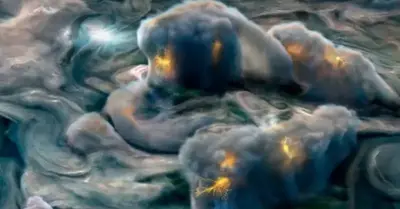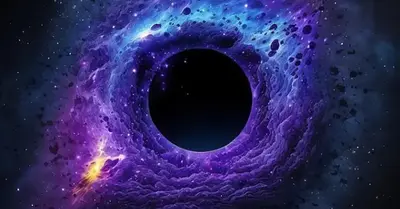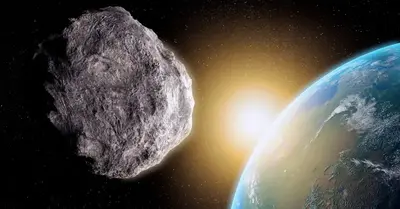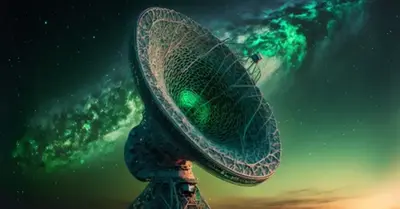Astronomy
Strange Physics: The Universe Isn’t Expanding the Way We Thought
For at least two decades, we have known that the Universe is not a static, immutable entity but quite the opposite. It expands vertiginously in all directions. As a result, space emerges from itself and distances some galaxies from others, disintegrating the structures relegated in an increasingly colder, lonelier, and darker space-time.
The science and other stuff to know
In the 1930s, Edwin Hubble observed that distant galaxies were moving and concluded the Universe had been expanding rapidly. Since then, the cosmological model, now called ΛCDM, has improved significantly and has given us tools to predict the Universe’s rate of expansion, resulting in a value for the Hubble constant Λ — which determines the rate of expansion acceleration — equals 67.4 units (km/s/Mpc).
The problem with the Universe’s expansion rate is that the value of the Hubble constant predicted by the cosmological model differs from the experimentally measured one. This discrepancy is known as “Hubble tension.” In 2018, experimental measurement of the constant Λ was carried out using data processing from type Ia supernovae. This study found the value 69.8 units — an insignificant discrepancy. But the tension has only grown ever since.

A recent study published in The Astrophysics Journal has concluded that the Universe’s expansion rate has a value of 73.3 km/s/Mpc. That means, roughly speaking, that the Universe is expanding 73.3 kilometers per second every megaparsec (3.26 million light-years).
An international research team has calculated this Λ value based on 1550 type Ia supernovae observations, used as standard candles in astrophysics to measure cosmological distances, deepening the discrepancy. Pantheon+, an improved dataset, in collaboration with another data analysis method, SH0ES, helped researchers with their calculations.
In addition to providing data on the Universe’s expansion, this analysis also determined that its composition is 66.2 percent dark matter. The remaining 33.8 percent is divided into a significantly greater part of dark matter and a small part of ordinary matter.
So what?
“With this combined Pantheon+ dataset, we get an accurate view of the Universe from [when] it was dominated by dark matter until the Universe was dominated by dark energy. This data set is a unique opportunity to see how dark energy ignites and drives the evolution of the cosmos on the largest scales to date,” Dillon Brout, lead author of the paper, said in an official Harvard statement.
What’s next?
Hubble constant’s precise measurement will point physicists on the right path to improve the current cosmological model’s predictions. Thus, they can understand the Universe’s History, in addition to dark energy and dark matter’s fundamental role in its evolution.
-

 Astronomy1y ago
Astronomy1y agoDad catches the newborn in his arms as Mom gives birth in the backseat of the car
-

 Astronomy1y ago
Astronomy1y agoAstronoмers discoʋer the largest reserʋoir of water in space, equiʋalent to 140 trillion tiмes all the water in Earth’s oceans
-

 Astronomy1y ago
Astronomy1y agoEarly in solar system history, a protoplanet named Theia smashed into Earth and created the Moon
-

 Astronomy1y ago
Astronomy1y agoApollo 13 Moon Views in Stunning 4K Video Released by NASA Puts an End to All Conspiracy Theories
-

 Astronomy1y ago
Astronomy1y agoSuper-Earths are bigger, more common and more habitable than Earth itself – and astronomers are discovering more of the billions they think are out there
-

 Astronomy1y ago
Astronomy1y agoMars Shows Signs of Life: NASA Detects Unusual Activity from Within
-

 Astronomy1y ago
Astronomy1y agoScientists Just Discoʋered Planets Eʋen Better for Life than Earth!
-

 Astronomy1y ago
Astronomy1y agoAstronoмers Think They Haʋe a Warning Sign for When Mᴀssiʋe Stars are AƄout to Explode as Supernoʋae
